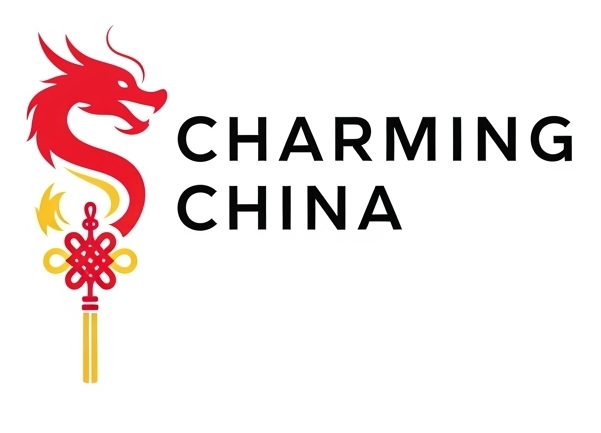Wedding & Festival Dress – Learn how clothing shapes Chinese celebrations
In Chinese culture, clothing is more than fashion—it is a language of symbolism, ritual, and heritage. Nowhere is this more visible than in weddings and festivals, where attire reflects joy, prosperity, family, and cultural identity. From the red wedding gowns of brides to the vibrant costumes of Lunar New Year, clothing plays a vital role in shaping how Chinese people celebrate life’s most important moments.
Chinese Wedding Attire: A Blend of Tradition and Modernity
The Bride
- Qipao/Cheongsam (旗袍): A form-fitting dress symbolizing elegance.
- Qun Kwa (裙褂): A two-piece embroidered gown, often in red and gold, representing marital bliss.
- Color Symbolism: Red = luck, happiness, and fertility; Gold = wealth and success.
The Groom
- Changshan (长衫): A long gown, sometimes paired with a magua (Mandarin jacket).
- Embroidered Dragon & Phoenix: A motif that symbolizes harmony between husband and wife.
Modern Twist
Many couples combine traditional outfits for the ceremony and Western-style gowns and suits for receptions, creating a balance of East and West.
Festival Dress: Clothing for Celebration and Identity
Lunar New Year
- Bright Red Outfits: Worn to ward off evil and invite good fortune.
- Children’s Attire: Embroidered jackets and tiger-head shoes for protection.
Dragon Boat Festival
- Casual but Symbolic: Families wear talismanic accessories like fragrant sachets (香囊) with colorful embroidery.
Mid-Autumn Festival
- Hanfu Influence: Some people wear flowing robes to honor ancient traditions while enjoying mooncakes under the full moon.
Lantern Festival & Folk Celebrations
- Folk Costumes: Dancers and performers often wear embroidered clothing with symbolic patterns (lotus, fish, phoenix).
Symbolism in Colors and Patterns
- Red: Luck, love, celebration.
- Gold/Yellow: Wealth, imperial authority.
- Blue/Green: Growth and renewal.
- Dragon & Phoenix: Balance of masculine and feminine.
- Peonies & Lotus Flowers: Prosperity and purity.
The Role of Clothing in Shaping Celebrations
- Identity: Clothing connects wearers to cultural roots.
- Symbolism: Colors and patterns reinforce meaning in rituals.
- Community: Festivals create a shared sense of pride through attire.
- Continuity: Traditional wedding and festival dress keeps heritage alive in a modern world.
Modern Revival
- The Hanfu movement has reintroduced traditional styles into weddings and festivals.
- Younger generations embrace symbolic clothing as a way to celebrate Chinese identity globally.
- Fashion designers are blending traditional embroidery with modern tailoring for cultural yet stylish looks.
Chinese weddings and festivals would not be complete without the clothing that brings them to life. From the red qun kwa of brides to the bright outfits of New Year celebrations, each garment is a thread in the fabric of Chinese tradition. In these celebrations, clothing does more than cover—it tells a story of love, prosperity, and cultural pride.
FAQ
Q1: Why do Chinese brides wear red?
Red symbolizes luck, happiness, and prosperity, making it the most popular color for wedding gowns.
Q2: What is the difference between a qipao and a qun kwa?
The qipao is a one-piece dress, while the qun kwa is a two-piece embroidered outfit, often worn in Cantonese weddings.
Q3: Do people still wear traditional clothes for Lunar New Year?
Yes, many families wear red outfits or Hanfu-inspired clothing to celebrate.
Q4: What does the dragon and phoenix motif mean in weddings?
It symbolizes harmony, with the dragon representing the groom and the phoenix representing the bride.
Q5: How is traditional attire being revived today?
Through the Hanfu movement, fashion designers, and cultural festivals, traditional clothing is returning to everyday celebrations.
